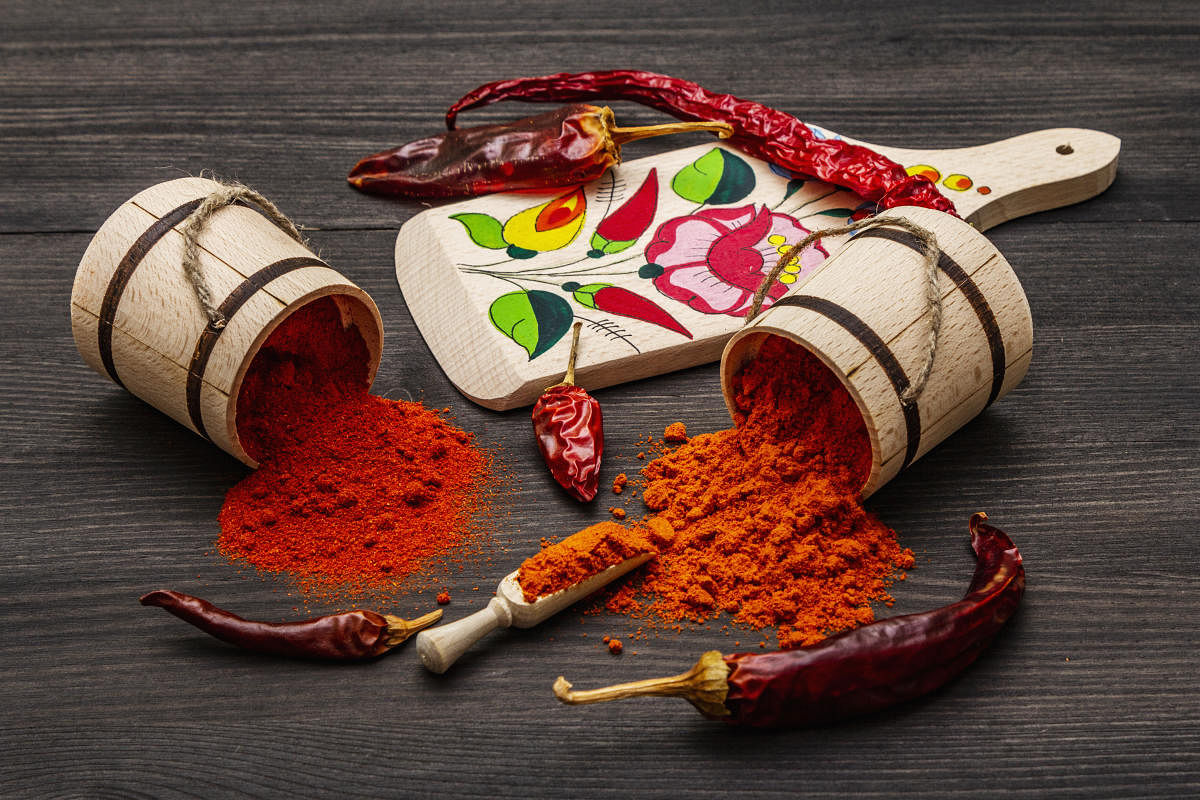
The small Budapest Ferenc Liszt airport was abuzz with international passengers. At the emigration counters, all signage and official conversations were in the local language. In strong contrast were the hushed exchanges of passengers in English, German, French, Spanish… languages that had little in common with Hungarian. This prompted a lady near me to ask, ‘How do visitors manage with language when they get here?’ To which her companion, answered, ‘Not the foggiest idea. We’re here for the thermal baths and hot spicy Hungarian food!’
Going by the popularity of Budapest, and the 12 million international tourists that visited it in 2019, language apparently is no barrier to enjoying the charms of this small landlocked capital. And people continue to come from different parts of the globe for a variety of reasons, food definitely being one of them. For sure, there’s much to ogle — river, mountain, and green plains. On this geography, lies some of the world’s most photogenic monuments, breathtaking sculptures and magnificent castles, centuries-old architectural wonders, iconic bridges, stress-busting thermal baths…
On my visit, I walked around a lot on both sides of the river and took in sights, aided by maps, mobile phone and the ready assistance of local people. ‘Expect heavy meat dishes in all meals in Budapest,’ I had been told by a well-meaning desi co-passenger on the flight. To my surprise, on landing, I found that the city offers an equally wide range of choices for vegetarians, vegans and health-conscious diners. Serving them up are some 1,500 restaurants, cafes and eateries. This culinary landscape offers a huge range of local and international cuisine, most often at surprisingly affordable prices. The fare includes traditional and global street food to alfresco cafes and dining in high-end Michelin-starred restaurants. To the relief of many, English is spoken in most eateries, shelving the need to deal with long, complicated Hungarian names.
The food interestingly covers the uniquely Magyar cuisine. The origin of that cuisine and the country’s very origin have an interesting background. As per legend, Turul, a mythical bird clutching a sword took off from Central Asia. A wandering tribe of ‘brown-eyed, pale skinned’ little known Asians, followed the bird. When it dropped the sword, the nomads saw it as a sign. They had reached ‘home’, the land of Magyars.
The early Magyars had the know-how of agriculture. When on the move across the plains of eastern Europe and Turkey, this knowledge came in handy for nourishment and survival. On stops, the nomads pulled out their agro-produce, along with cast iron cauldrons, and got a fire going. Neatly packed dried meat chunks, potatoes, onions, and water were put to boil. To enhance the flavour of the meal, and ward off the gamey taste of old stored meat, they sprinkled in a dried powdered red spice.
The spice, paprika, Capsicum annuum, and the thickish tangy, stew-like meal was the hearty standard savoury food on the trail. Today it has developed into the Hungarian national dish, goulash. Mild, sweet, or spicy paprika continues to be used extensively in Hungarian cooking to enliven goulash, soups to grilled meat to such dishes as chicken paprikas. It is the base of several local relishes and pastes.
There are a plethora of Indian restaurants in Budapest. In the high-end eateries such as Bollywood Vegi Bar, Curry House, Indigo, Taj Mahal, and the strictly vegan-veggie Govinda, paprika finds its way into a host of dishes. As such it is cultivated widely. The plant’s origin is unclear. Some say it came from Turkey. Food historians, trace its origins to Central America. Whatever the source, the spice gained popularity in the middle ages as an alternative to the expensive Indian pepper… and continues to enjoy wide popularity in Hungarian cooking.
At Budapest’s century-old, huge indoor neo-Gothic Great Market or Nagyvásárcsarnok, where producers bring in fresh vegetables and brightly coloured fruits, there’s an overwhelming display of paprika on the spice racks. The building’s large triptych window light falls on rows of farm-fresh paprika hanging in clusters or elegantly spread in front of stalls in varied colours, sizes, shapes. On the shelves, it is there in bottles, decorated cloth pouches, canisters, tubes as bright red paste, Piros Arany and smoked, ground powder. Each variety packs in its unique hint of flavour and heat level from sweet to mild to kick-ass hot. And to think a wandering tribe of ‘brown-eyed, pale skinned’ nomads first carried this precious cargo in little pouches. Today it is a signpost to Hungary’s Magyar past and cultural influence and testimony that some do like it hot.